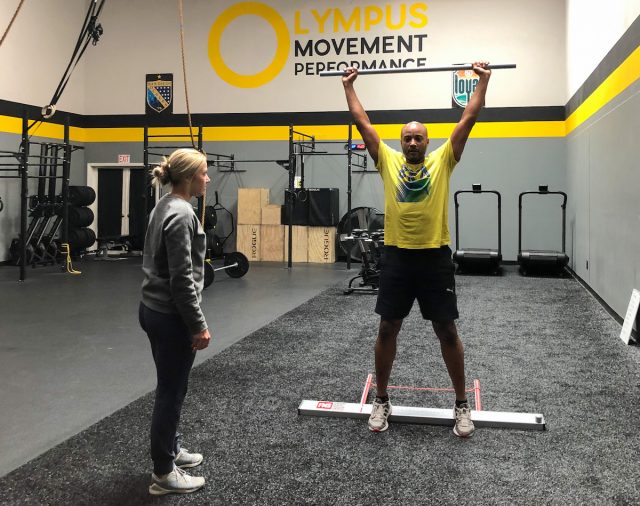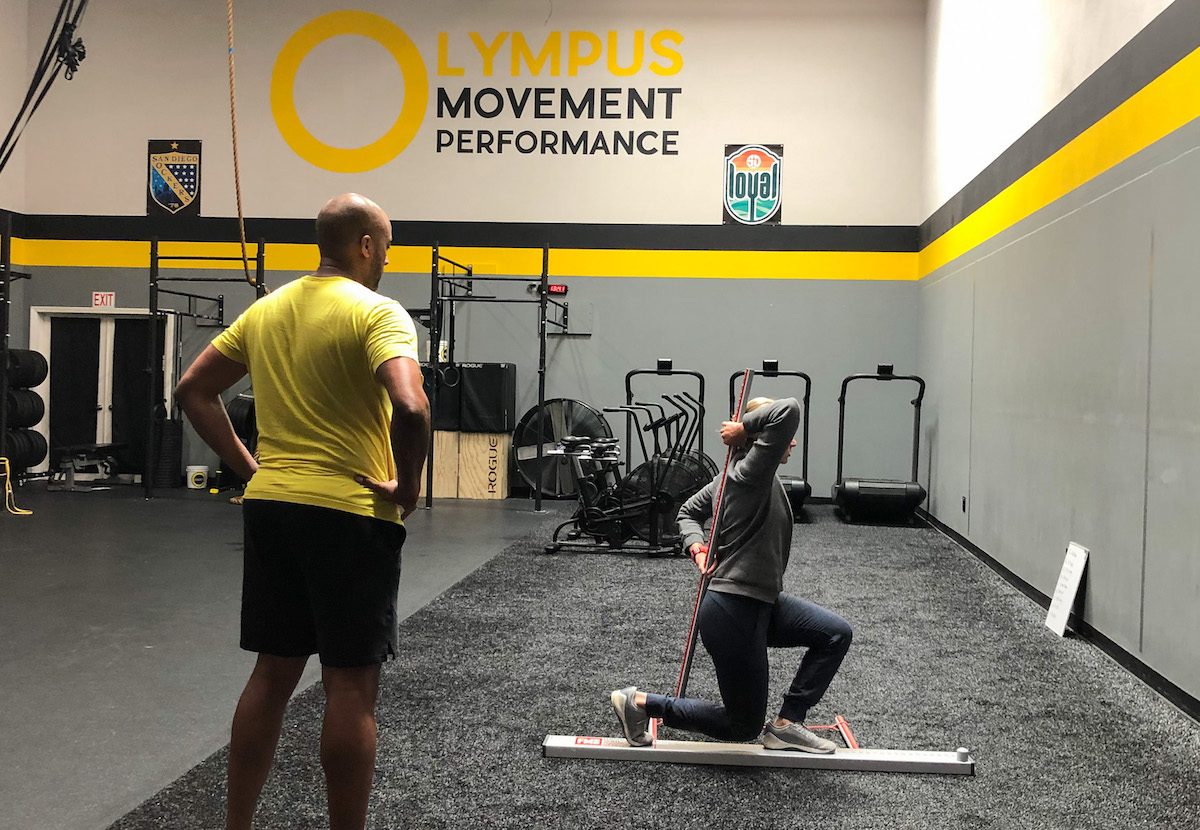WHY THE FMS (FUNCTIONAL MOVEMENT SCREEN) OR SFMA (SELECTIVE FUNCTIONAL MOVEMENT ASSESSMENT)? Many of you train hard, you train consistently, y
WHY THE FMS (FUNCTIONAL MOVEMENT SCREEN) OR SFMA (SELECTIVE FUNCTIONAL MOVEMENT ASSESSMENT)?
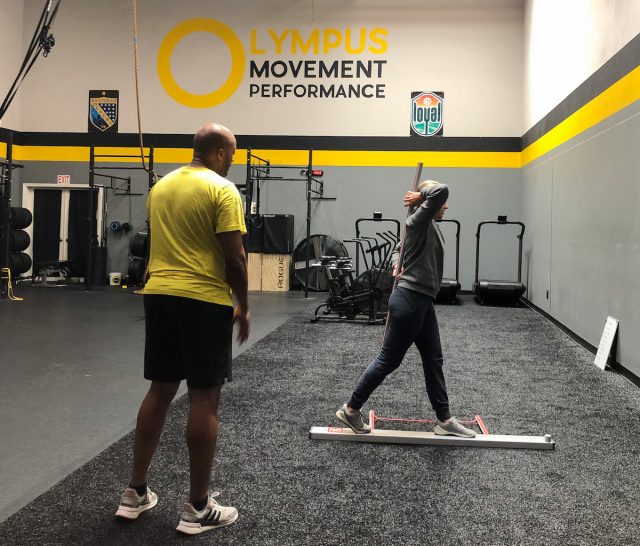
Many of you train hard, you train consistently, you eat healthy, and rest well. I ask you though, are there times when you need more than just this to keep performing at an optimum level day in and day out with the same amount of intensity and drive during your workouts?
All bodies are different. We have different thresholds to pain, different ways it responds to stress, and in some ways, it’s apparent in how different we do look on the outside.
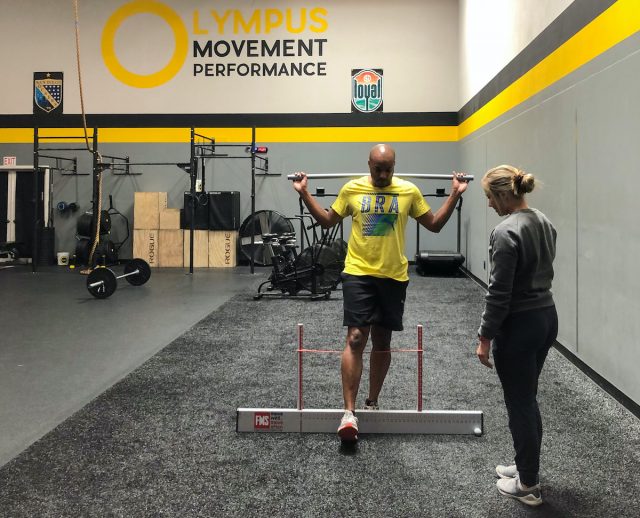
There is one similarity as far as the way we can progress in our body’s ability to perform better.
We all need a baseline. A starting point. Our bodies strive to be symmetrical. That means if we fold ourselves in half vertically, our bodies want to line up equally. The more asymmetric we are, the more we are prone to injuries because of compensation.
This baseline assesses your body’s asymmetries, your strengths and weaknesses, and figures out where potential problems may arise.
FMS or SFMA?
You can start with a test called the Functional Movement Screen (if you’re an athlete/ patient without any pain) or the Selective Functional Movement Assessment (someone that is experiencing some sort pf pain in their body).
With the FMS, we can identify potential problems or injuries that may occur in the future and keep you training harder and longer. In the SFMA, we can also tease out the pain symptoms and find out where they are coming from. This is the start to getting you back to your normal, pain-free life.
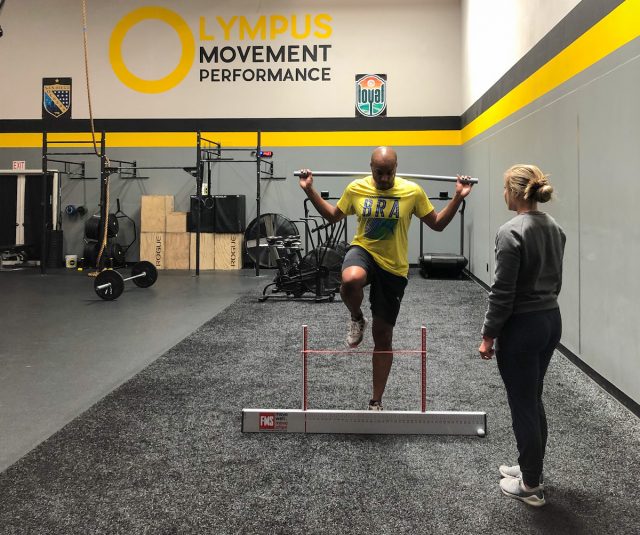
Okay, maybe it’s better to give you an example of when we use the FMS.
Take, for instance, our legs. We hope that both the right and left legs are similar in strength. During the FMS, we find that the left leg is significantly weaker or less stable than the right leg.
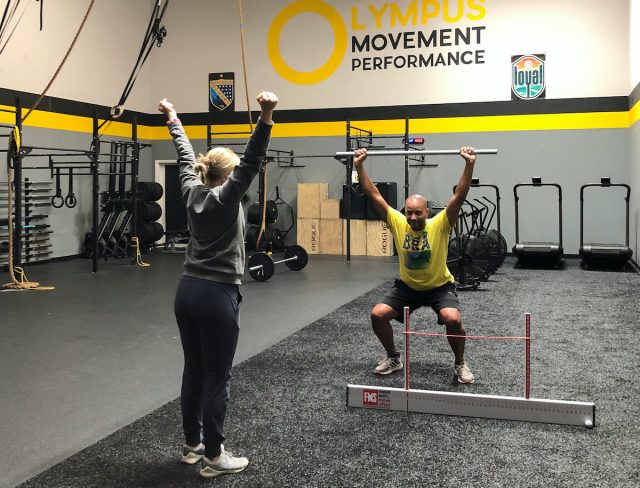
So what does this mean? It means that the right leg probably does more of the work in the body, which can lead to overuse and compensation injuries because the left leg isn’t carrying its half of the workload. Basically, it’s being a lazy body part.
Here is a scenario for the SFMA.
You have back pain. There was nothing in particular that you did to cause the pain, but at some point, it started to hurt and got worse and worse. SFMA finds the issue of where that pain started from. It wasn’t the lower back at all, but we find that the glutes (the booty) were not firing at all. (i.e. They aren’t working)
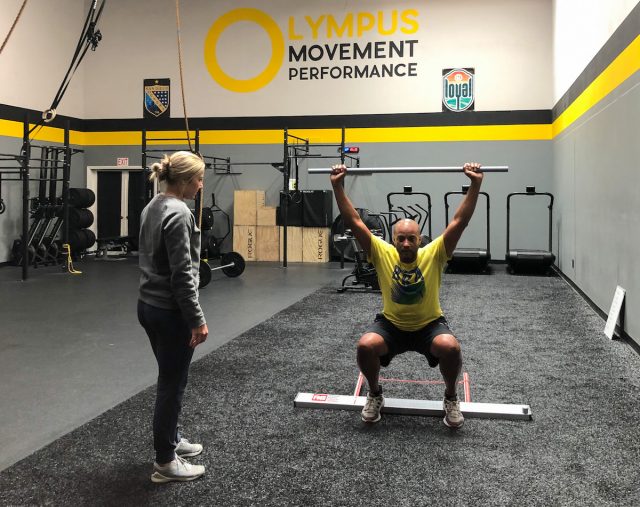
In either of these scenarios, we will first find out where potential problems may lie if you’re healthy and pain-free, or at least find out where the pain is coming from (if you’re experiencing pain).
The next step is to get exercises to do at the gym and at home to keep you in tip top condition, so those same problems do not reoccur again. The stronger and healthier you are on the inside, the stronger and healthier you will be long term living a productive, happy, and pain free life.
SPECIAL OFFER FOR SOCCERNATION READERS:
As a SoccerNation reader, you qualify for a FREE first trial session at OlympusMovement, AND 20% off any service! Just mention: SoccerNation20
